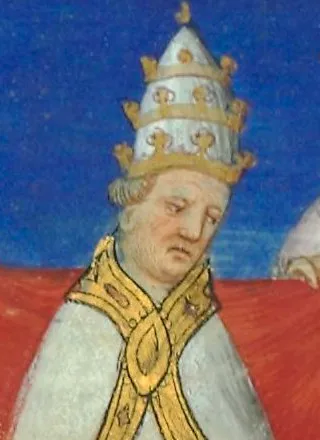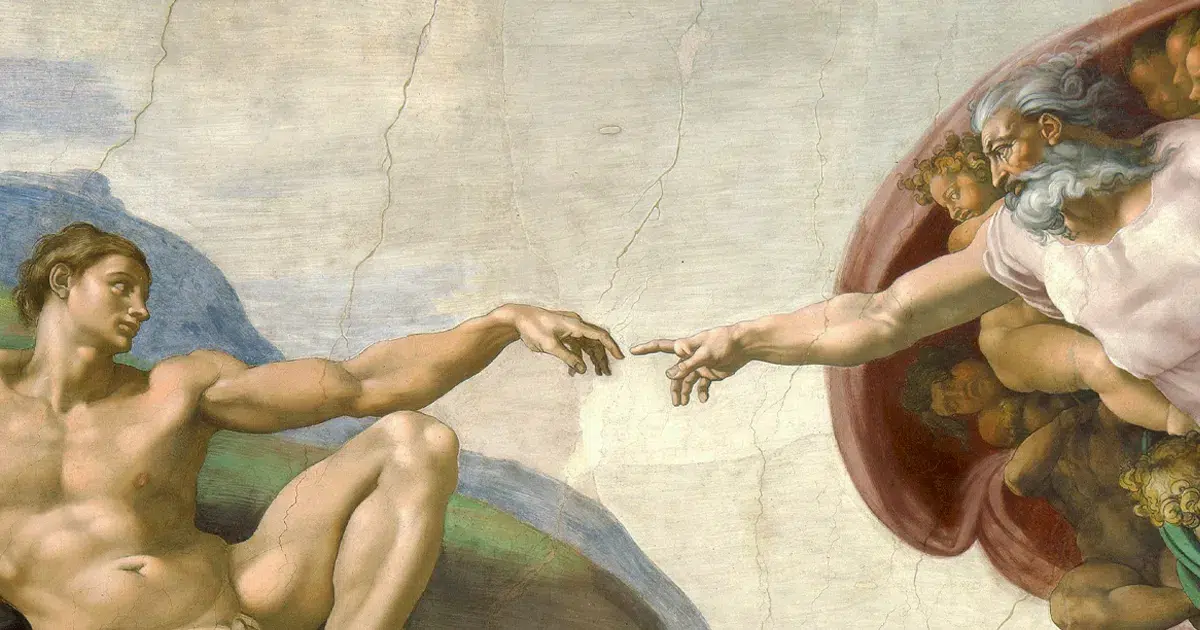Mysterious, solemn and steeped in history, the Vatican conclave is the process by which the cardinals elect a new pope. It is behind the closed doors of the Sistine Chapel, in an atmosphere steeped in centuries-old traditions, that the election is played out. But did you know that the Conclave has its origins in a particularly unusual story?
The method of electing the Pope has varied several times over the centuries. It was in 1179 that Pope Alexander III laid down the rules that we still know today, limiting the responsibility for electing the new pope to the cardinals alone.
In 1268, after the death of Pope Clement IV, around twenty cardinals gathered in the town of Viterbo, a few kilometres from Rome, to find a successor… to no avail! The Italians and the French each wanted a pope from their own country, so much so that two years later, the new pope had still not been designated.

Exasperated by this situation, the people of Viterbo took matters into their own hands: they locked the cardinals up, reduced their rations to bread and water, and went so far as to remove the roof of the building to expose them to the elements. This pressure bore fruit: Pope Gregory X was finally elected in 1271, almost 3 years after the death of his predecessor. This episode is the origin of the word conclave, from the Latin cum clave (under key).
This method, although radical, pleased Gregory X who, in 1274, adopted the principle of confinement and even added other restrictions:
- Food reduced to bread, wine and water after 5 days
- Living together without separation in the room
These measures were so radical and unpopular with the cardinals that they were quickly suspended.
Still, the first election to officially bear the term conclave was that of 1276 which saw the election of Pope Innocent V.





No Comments
Leave a comment Cancel